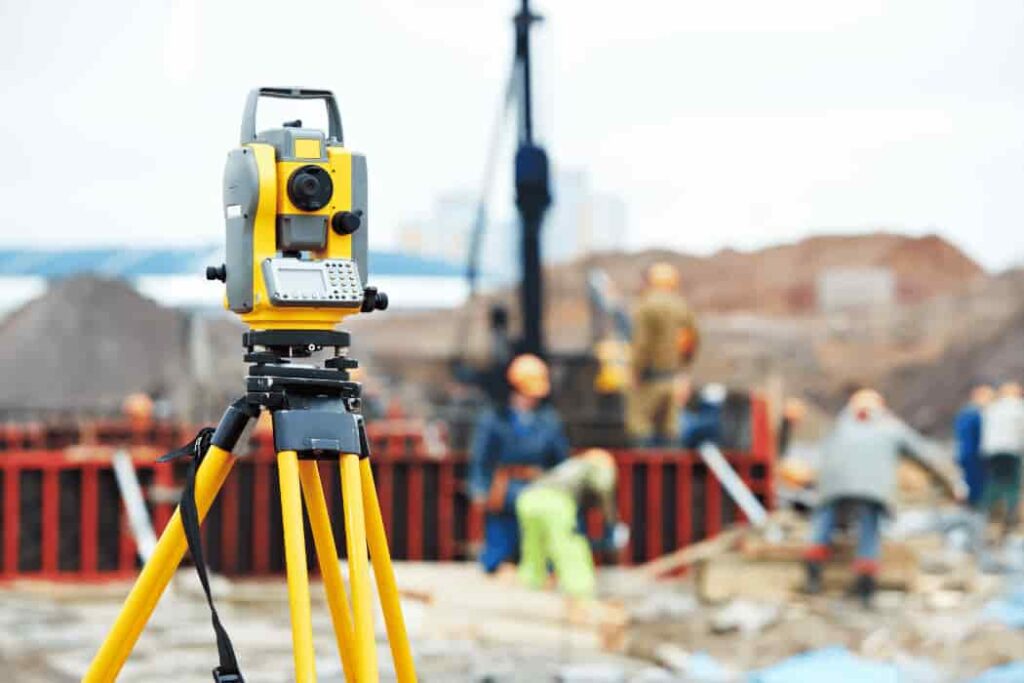Building surveys are an essential aspect of property ownership, yet often overlooked by many individuals. Whether you are a homeowner, landlord, or business owner, it is crucial to prioritize the safety and structural integrity of your property. A building survey is a thorough and detailed inspection of a building’s condition, conducted by qualified professionals. This process involves a comprehensive examination of all visible and accessible areas of a property, identifying any structural or safety issues that may be present. In today’s fast-paced world, where time and money are of the essence, building surveys may seem like an unnecessary expense. However, the consequences of neglecting this crucial aspect of property ownership can be severe. From hidden defects to safety hazards, a building survey can uncover issues that could have long-term consequences if not addressed promptly. In this article, we will delve into the importance of building surveys and how they can help ensure the safety and security of your property, providing you with peace of mind and potentially saving you from costly repairs in the future.

Evaluating property condition with surveys
Building surveys play a crucial role in evaluating the condition of a property, ensuring its safety, and providing valuable insights for property owners, investors, and potential buyers. By conducting a thorough survey, professionals can assess the structural integrity, identify any potential defects or hazards, and determine the overall condition of the property. These surveys go beyond a mere visual inspection and involve detailed examinations of the building’s systems, materials, and construction methods. Through the use of advanced tools and techniques, surveyors can identify hidden issues that may not be apparent to the naked eye, such as structural weaknesses, dampness, or electrical and plumbing problems. The information gathered from these surveys provides crucial guidance for maintenance, repairs, and renovation plans, helping property owners ensure the safety, functionality, and longevity of their investment.
Identifying potential safety hazards
During the process of conducting building surveys, one key aspect that professionals focus on is identifying potential safety hazards. This involves a meticulous examination of various aspects of the property to ensure that it meets the necessary safety standards and regulations. By identifying potential hazards such as faulty electrical wiring, inadequate fire protection measures, unstable structures, or hazardous materials, surveyors play a crucial role in mitigating risks and preventing accidents or injuries. Through their expertise and knowledge, they can recommend necessary repairs or improvements to ensure that the property is safe for occupants and visitors alike. Identifying and addressing potential safety hazards is an essential step in safeguarding the well-being of individuals and protecting the overall integrity of the property.
Ensuring compliance with regulations
To ensure the safety and integrity of a property, it is essential to not only identify potential safety hazards but also ensure compliance with regulations. Building surveys play a vital role in this process, as they provide a comprehensive assessment of the property’s adherence to specific rules and guidelines set forth by relevant authorities. Compliance with regulations encompasses a wide range of areas, including fire safety, accessibility, structural stability, and environmental sustainability. By conducting thorough surveys and assessments, professionals can identify any areas where the property may fall short of compliance and recommend appropriate measures to rectify the situation. Ensuring compliance with regulations not only helps to create a safe and secure environment for occupants but also protects property owners from potential legal and financial consequences. It is a crucial aspect of maintaining the overall safety and well-being of any property.
Minimizing liability risks
In addition to ensuring compliance with regulations, minimizing liability risks is equally important for property owners. Liability risks can arise from various factors, such as accidents, injuries, or property damage that occur on the premises. Conducting regular building surveys can help identify potential hazards and risks that could expose the property owner to liability. This includes assessing the condition of the building’s infrastructure, identifying potential trip and fall hazards, evaluating the effectiveness of safety measures, and ensuring proper maintenance of equipment and facilities. By addressing these risks proactively, property owners can minimize the likelihood of accidents and ensure that their property is safe for occupants and visitors. This not only protects the well-being of individuals but also helps mitigate potential legal and financial liabilities that may arise from negligence or inadequate safety measures. By prioritizing the minimization of liability risks, property owners can maintain a secure environment and protect their interests in the long run.
Prioritizing safety for all occupants
To prioritize safety for all occupants, it is crucial to implement comprehensive safety measures within the property. This includes conducting regular inspections and audits to identify potential risks and hazards that may pose a threat to the well-being of individuals. Installing and maintaining fire alarm systems, emergency exits, and proper lighting throughout the premises are essential steps in ensuring a safe environment. Additionally, providing clear signage, conducting safety training programs for occupants, and conducting regular drills can help prepare everyone for emergencies. By prioritizing safety and taking proactive measures, property owners can create a secure and protected space for all occupants, fostering peace of mind and a sense of security.
Conclusion
Building surveys play a crucial role in ensuring the safety and stability of any property. By conducting thorough and professional surveys, potential hazards and structural problems can be identified and addressed, ultimately protecting the investment of property owners and the safety of its occupants. It is important to prioritize regular building surveys as a preventative measure, rather than waiting for a problem to arise. By doing so, property owners can have peace of mind knowing that their property is safe and secure. So, if you haven’t already, consider scheduling a building survey for your property today.


